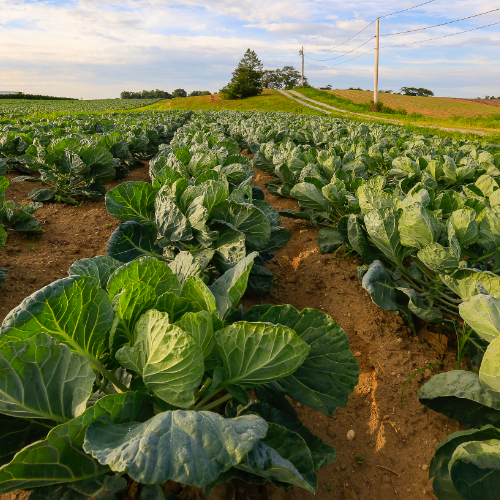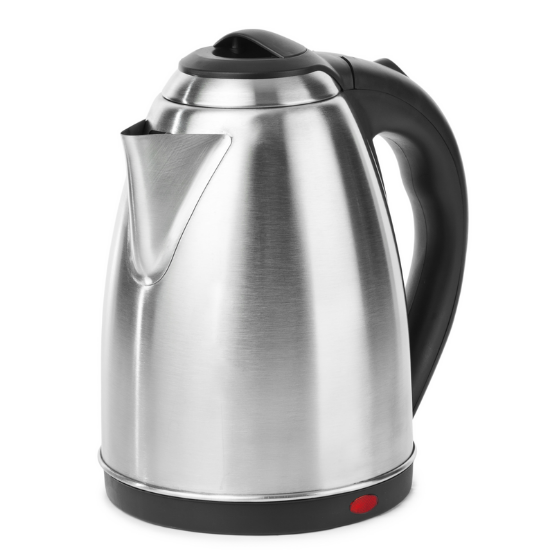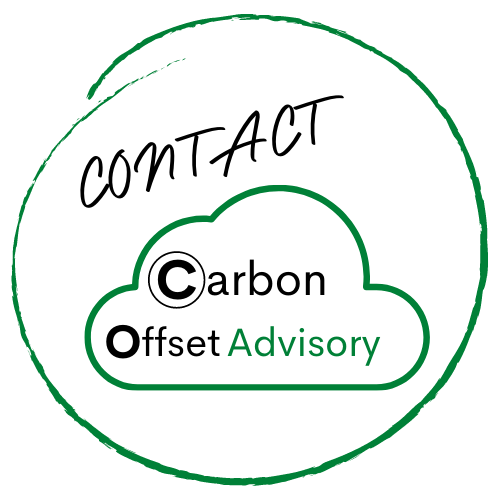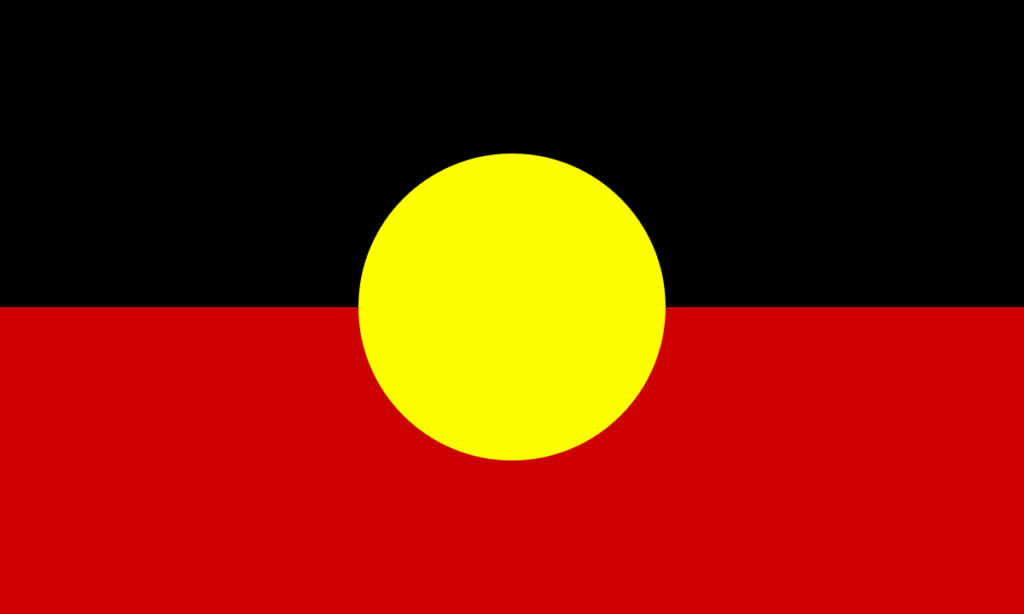PRODUCT LIFECYCLE
With carbon accounting, calculating the carbon footprints of products falls under scope 3 category of carbon emissions. Product lifetime value or lifecycle assessment (LCA) is a complex process but is achievable when tackled in a practical and methodical manner.
Increasingly, government and industry understand that climate change needs to be addressed. This will drive the requirement for reduced carbon emissions across all industry sectors. Growing pressure is mounting for environmentally friendly products and producers to begin the transition towards carbon neutrality.
Read More
Products can be for consumers such as food in a supermarket. It can also be electrical goods or clothes, cars, magazines, furniture etc. Products can also be raw materials used by organisations to make the products above, for example, paper or packaging, chemicals, timber, plastics, metals or furniture in an office etc.
When calculating the value of carbon emissions for a product, organisations need to focus on the supply chain, including the raw materials, the manufacturing processes, packaging, administration, and selling. This is referred to as the “upstream”.
The next stage in calculating the total carbon emissions from a product is the “downstream” carbon emissions. These include emissions generated from using the item over its lifetime and finally the emissions from end of life recovery and recycling of the item. For example, paper has a fully functioning and established recycling path in Australia and therefore low emissions. Conversely, a television does not have an established recovery path and will have higher end of life emissions.
In practice, with product development, most of the human effort involved in design is applied to reduce manufacturing costs through automated production, cost effective materials, limiting product lifespan, packaging and delivery. In most cases, the design priority to recyclability, ease of disassembly, the priority of low carbon emission raw materials, reduced packaging, long product life (upgrade paths) and end of life reclamation infrastructure is not considered. All these leads to higher carbon emission values for the product.
Understanding the carbon footprint and emission measurements for your business in scope 1 and 2 is only the first step., Subsequently, these values are then apportioned to different products and feed into their lifecycle assessment emissions.
This process can seem daunting, but this is a marathon, not a sprint. Understanding lifecycle assessment will inform your business and is an essential aspect of improving environmental performance, and your organisation’s transition to net zero. Life Cycle Assessment quantifies the environmental impact accrued to a product throughout its lifecycle. LCA serves as a guideline for the future design and redesign criteria of a product including the choice of its raw materials, the production process, supply chain, use, and end of life treatment.
Evaluating your organisation and products’ carbon footprint gets you on the front foot of the business challenges that are coming. Calm and methodical industry leadership allows you to meet government, customer and community expectations while developing and cementing your brand as a leader.
There is an emerging demand and opportunity for organisations to provide carbon neutral products to their clients and customers. By providing carbon neutral products to your clients, you enable them to “capture” and report these carbon emission savings in their business. They can report lower overall carbon emissions which will help them to achieve their emission reduction targets. The strategy of decarbonising supply chain will accelerate as all businesses gain a deeper understanding of net zero challenges and require carbon neutral raw materials to lower the emissions inside their business and the services or products they sell.
Apart from the emerging commercial opportunities, organisations also need to reduce the existing risk in their business and protect it from emerging competitors that provide carbon neutral products. Today, many countries are increasingly adopting standardised benchmarks for large projects, and they are setting net zero carbon emission targets. In many cases, businesses are now expected to disclose their product/service environmental data. As such, they need to develop Life Cycle Assessments for their product range.
At Carbon Offset Advisory, we understand product lifecycles and can advise, measure, plan and implement a successful transition to net zero carbon. Also, we can provide strategic advice and support to leverage and commercialise your carbon neutral position. Our goal is to help you sell carbon neutral products and drive new revenue while protecting your business from the continually changing environmental and commercial landscape demands.
To accomplish this goal, we focus on the following key areas:
- Commit, Measure, and Act.
- Empowering you with the relevant data to make informed decisions.
- Decarbonising your supply chain.
- Adopting environmental performance and industry leadership as positive marketing tools to grow your business.
- Develop strategic plans to minimise cost and disruption.
Our carbon neutral solutions will endorse your brand’s industry leader position for sustainability and climate awareness as you make the advantageous switch to an acclaimed NET ZERO CARBON company.
Read Less




Product Lifecycle




With carbon accounting, calculating the carbon footprints of products falls under scope 3 category of carbon emissions. Product lifetime value or lifecycle assessment (LCA) is a complex process but is achievable when tackled in a practical and methodical manner.
Increasingly, government and industry understand that climate change needs to be addressed. This will drive the requirement for reduced carbon emissions across all industry sectors. Growing pressure is mounting for environmentally friendly products and producers to begin the transition towards carbon neutrality.
Read More
Products can be for consumers such as food in a supermarket. It can also be electrical goods or clothes, cars, magazines, furniture etc. Products can also be raw materials used by organisations to make the products above, for example, paper or packaging, chemicals, timber, plastics, metals or furniture in an office etc.
When calculating the value of carbon emissions for a product, organisations need to focus on the supply chain, including the raw materials, the manufacturing processes, packaging, administration, and selling. This is referred to as the “upstream”.
The next stage in calculating the total carbon emissions from a product is the “downstream” carbon emissions. These include emissions generated from using the item over its lifetime and finally the emissions from end of life recovery and recycling of the item. For example, paper has a fully functioning and established recycling path in Australia and therefore low emissions. Conversely, a television does not have an established recovery path and will have higher end of life emissions.
In practice, with product development, most of the human effort involved in design is applied to reduce manufacturing costs through automated production, cost effective materials, limiting product lifespan, packaging and delivery. In most cases, the design priority to recyclability, ease of disassembly, the priority of low carbon emission raw materials, reduced packaging, long product life (upgrade paths) and end of life reclamation infrastructure is not considered. All these leads to higher carbon emission values for the product.
Understanding the carbon footprint and emission measurements for your business in scope 1 and 2 is only the first step., Subsequently, these values are then apportioned to different products and feed into their lifecycle assessment emissions.
This process can seem daunting, but this is a marathon, not a sprint. Understanding lifecycle assessment will inform your business and is an essential aspect of improving environmental performance, and your organisation’s transition to net zero. Life Cycle Assessment quantifies the environmental impact accrued to a product throughout its lifecycle. LCA serves as a guideline for the future design and redesign criteria of a product including the choice of its raw materials, the production process, supply chain, use, and end of life treatment.
Evaluating your organisation and products’ carbon footprint gets you on the front foot of the business challenges that are coming. Calm and methodical industry leadership allows you to meet government, customer and community expectations while developing and cementing your brand as a leader.
There is an emerging demand and opportunity for organisations to provide carbon neutral products to their clients and customers. By providing carbon neutral products to your clients, you enable them to “capture” and report these carbon emission savings in their business. They can report lower overall carbon emissions which will help them to achieve their emission reduction targets. The strategy of decarbonising supply chain will accelerate as all businesses gain a deeper understanding of net zero challenges and require carbon neutral raw materials to lower the emissions inside their business and the services or products they sell.
Apart from the emerging commercial opportunities, organisations also need to reduce the existing risk in their business and protect it from emerging competitors that provide carbon neutral products. Today, many countries are increasingly adopting standardised benchmarks for large projects, and they are setting net zero carbon emission targets. In many cases, businesses are now expected to disclose their product/service environmental data. As such, they need to develop Life Cycle Assessments for their product range.
At Carbon Offset Advisory, we understand product lifecycles and can advise, measure, plan and implement a successful transition to net zero carbon. Also, we can provide strategic advice and support to leverage and commercialise your carbon neutral position. Our goal is to help you sell carbon neutral products and drive new revenue while protecting your business from the continually changing environmental and commercial landscape demands.
To accomplish this goal, we focus on the following key areas:
- Commit, Measure, and Act.
- Empowering you with the relevant data to make informed decisions.
- Decarbonising your supply chain.
- Adopting environmental performance and industry leadership as positive marketing tools to grow your business.
- Develop strategic plans to minimise cost and disruption.
Our carbon neutral solutions will endorse your brand’s industry leader position for sustainability and climate awareness as you make the advantageous switch to an acclaimed NET ZERO CARBON company.
Read Less
Product Lifecycle
With carbon accounting, calculating the carbon footprints of products falls under scope 3 category of carbon emissions. Product lifetime value or lifecycle assessment (LCA) is a complex process but is achievable when tackled in a practical and methodical manner.
Increasingly, government and industry understand that climate change needs to be addressed. This will drive the requirement for reduced carbon emissions across all industry sectors. Growing pressure is mounting for environmentally friendly products and producers to begin the transition towards carbon neutrality.
Read More
Products can be for consumers such as food in a supermarket. It can also be electrical goods or clothes, cars, magazines, furniture etc. Products can also be raw materials used by organisations to make the products above, for example, paper or packaging, chemicals, timber, plastics, metals or furniture in an office etc.
When calculating the value of carbon emissions for a product, organisations need to focus on the supply chain, including the raw materials, the manufacturing processes, packaging, administration, and selling. This is referred to as the “upstream”.
The next stage in calculating the total carbon emissions from a product is the “downstream” carbon emissions. These include emissions generated from using the item over its lifetime and finally the emissions from end of life recovery and recycling of the item. For example, paper has a fully functioning and established recycling path in Australia and therefore low emissions. Conversely, a television does not have an established recovery path and will have higher end of life emissions.
In practice, with product development, most of the human effort involved in design is applied to reduce manufacturing costs through automated production, cost effective materials, limiting product lifespan, packaging and delivery. In most cases, the design priority to recyclability, ease of disassembly, the priority of low carbon emission raw materials, reduced packaging, long product life (upgrade paths) and end of life reclamation infrastructure is not considered. All these leads to higher carbon emission values for the product.
Understanding the carbon footprint and emission measurements for your business in scope 1 and 2 is only the first step., Subsequently, these values are then apportioned to different products and feed into their lifecycle assessment emissions.
This process can seem daunting, but this is a marathon, not a sprint. Understanding lifecycle assessment will inform your business and is an essential aspect of improving environmental performance, and your organisation’s transition to net zero. Life Cycle Assessment quantifies the environmental impact accrued to a product throughout its lifecycle. LCA serves as a guideline for the future design and redesign criteria of a product including the choice of its raw materials, the production process, supply chain, use, and end of life treatment.
Evaluating your organisation and products’ carbon footprint gets you on the front foot of the business challenges that are coming. Calm and methodical industry leadership allows you to meet government, customer and community expectations while developing and cementing your brand as a leader.
There is an emerging demand and opportunity for organisations to provide carbon neutral products to their clients and customers. By providing carbon neutral products to your clients, you enable them to “capture” and report these carbon emission savings in their business. They can report lower overall carbon emissions which will help them to achieve their emission reduction targets. The strategy of decarbonising supply chain will accelerate as all businesses gain a deeper understanding of net zero challenges and require carbon neutral raw materials to lower the emissions inside their business and the services or products they sell.
Apart from the emerging commercial opportunities, organisations also need to reduce the existing risk in their business and protect it from emerging competitors that provide carbon neutral products. Today, many countries are increasingly adopting standardised benchmarks for large projects, and they are setting net zero carbon emission targets. In many cases, businesses are now expected to disclose their product/service environmental data. As such, they need to develop Life Cycle Assessments for their product range.
At Carbon Offset Advisory, we understand product lifecycles and can advise, measure, plan and implement a successful transition to net zero carbon. Also, we can provide strategic advice and support to leverage and commercialise your carbon neutral position. Our goal is to help you sell carbon neutral products and drive new revenue while protecting your business from the continually changing environmental and commercial landscape demands.
To accomplish this goal, we focus on the following key areas:
- Commit, Measure, and Act.
- Empowering you with the relevant data to make informed decisions.
- Decarbonising your supply chain.
- Adopting environmental performance and industry leadership as positive marketing tools to grow your business.
- Develop strategic plans to minimise cost and disruption.
Our carbon neutral solutions will endorse your brand’s industry leader position for sustainability and climate awareness as you make the advantageous switch to an acclaimed NET ZERO CARBON company.
Read Less







